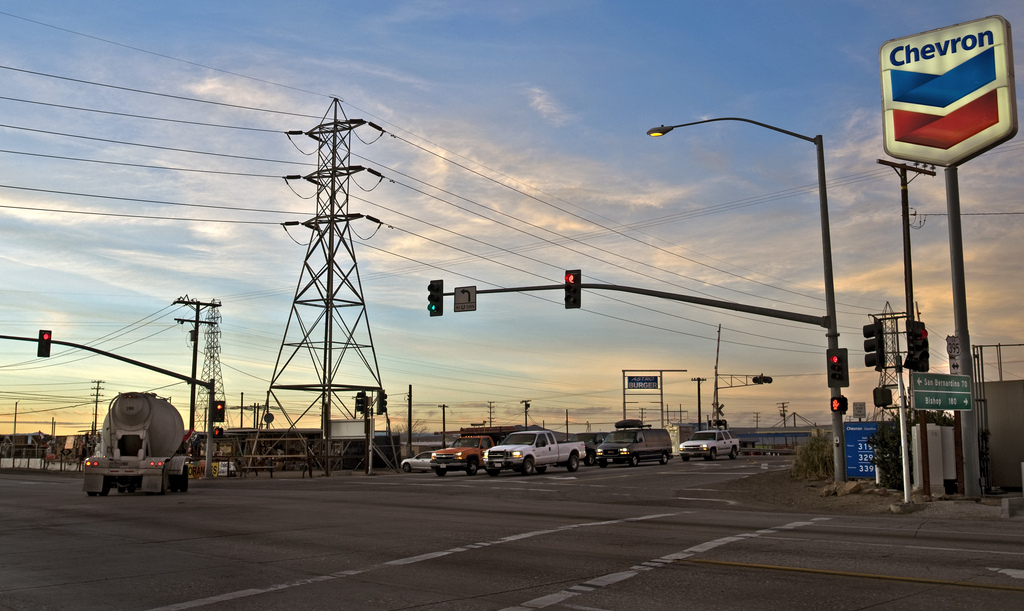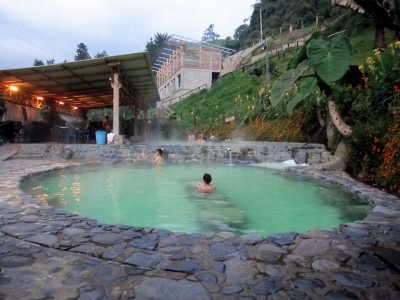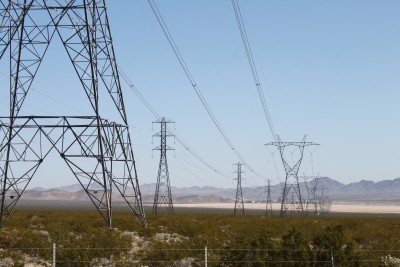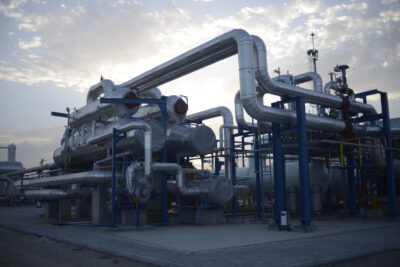Rebranding of geothermal from baseload reliability to automatic grid control
In a changing electricity supply environment, the attribute of baseload might not be the main selling angle for geothermal going forward, as it could provide an even more important value - namely being able to cover swings in the supply or actually the lack thereof from other renewables.
Geothermal power has always had a bit of a difficult stand to promote itself. One of the key advantage is the constant availability of geothermal power 24 hours a day, 7 days a week. This is what is called baseload power and has been a key selling argument for the industry so far.
At a recent press conference at the GEA National Geothermal Summit in Reno, Nevada, Paul Thomson, Policy and Business Director of Ormat Technologies, actually highlighted another and probably increasingly more important element in coming years.
He refers to geothermal energy being able to provide “automatic grid control”, explaining the capability of “being dispatchable, can regulate voltage and reactive power, and can be ramped up and down very quickly”, so Thomsen.
With a drive for various renewable energy technologies that cannot provide power around the clock, the possibility of one technology to cover the shorfalls of others to provide a constant supply of power is crucial. … and geothermal power can offer that.
Geothermal projects can provide flexibility and ancillary services, as describe in an article by Greentech Media. For details see link below.
The article highlights that there is a total cost of maintaining a reliable system with a mix of different power generation technologies, according to Karl Gawell, Executive Director of the U.S. Geothermal Energy Association. With increasing concerns about the grid reliability particularly in California, where a grid with 33 percent of renewable energy supply “will have swings of 17,000 MW to cover in a short three hour period”, this is hard to regulate and replace.
This provides an opportunity for geothermal. While it could sell a stable and constant stream of power at a set price, it could also sell itself on spot market prices when the power is needed and likely at much higher profit point.
A similar discussion is ongoing in Iceland, where a sea cable could sell power into markets in Europe with – so studies – main profits to be made in the spot market.
Source: Greentech Media

















